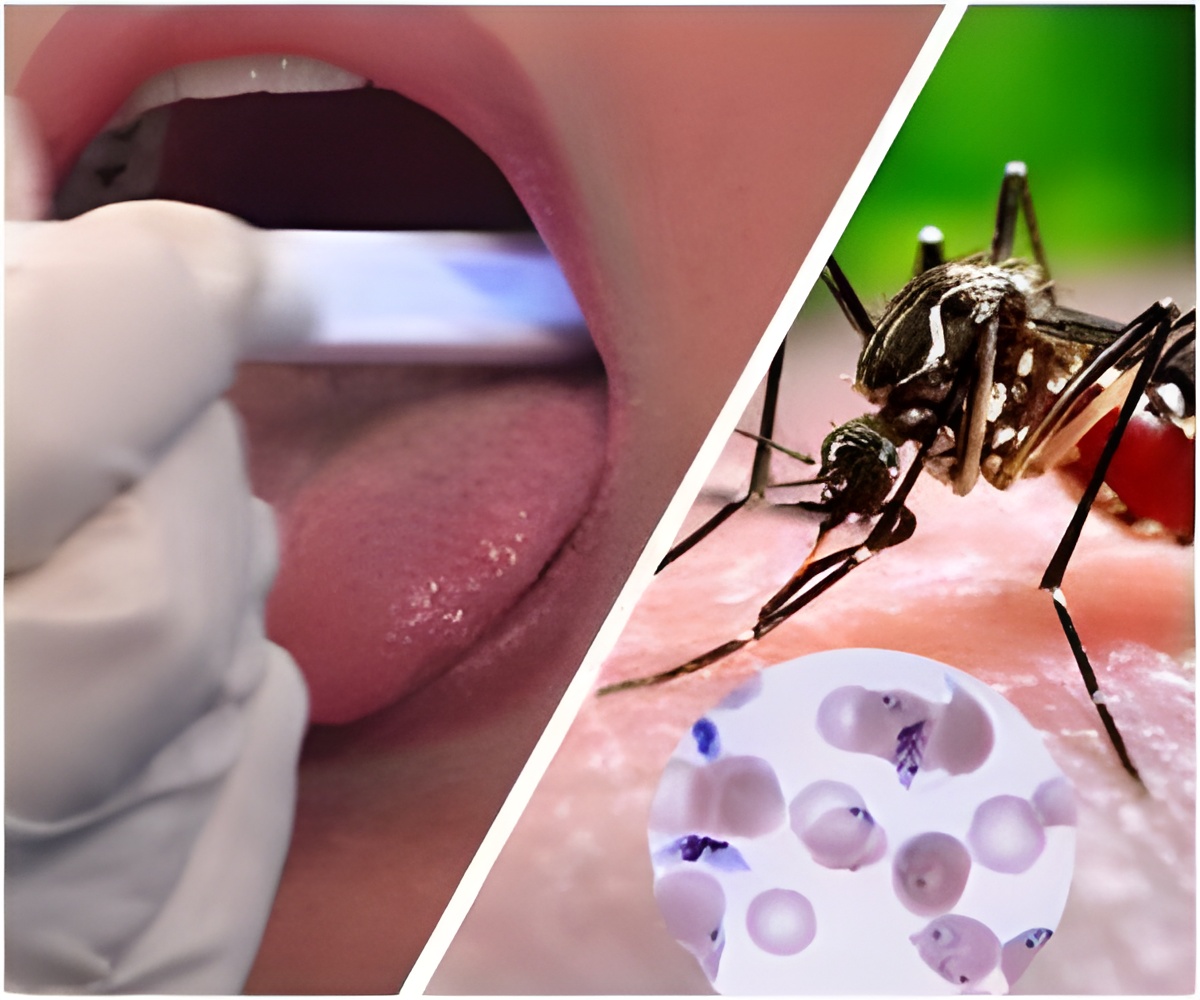It has emerged that Jharkhand still lacks the basic healthcare facilities even after eleven years of its creation.

Most of the population resides in the rural areas following traditional ways of living. Except for the introduction to the steel and power plants, the tribal cult still remains isolated from the contemporary changes that have swept all across the country. They lack awareness in terms of cleanliness and sanitation, which are the pre-requisite for having a healthy society. But they are not the ones to be blamed.
The government of Jharkhand has failed to provide adequate healthcare facilities in rural areas. Chatarpur sub-division in Palamu district has witnessed more than two dozen deaths because of cerebral malaria. Over 200 people are suffering from the same disease in tribal hamlets of Loto, Arar, Kasiyahi, Satgharwa, Khori and Navdiha. Boriyo, Udhwa, Patna, Godda, Sundar Pahadi, Boarijor of Sahibganj district and Gopikandar, Ramgadh, Shikaripada and Masaliya blocks of Dumka village add to the rising numbers of the diseased and the dead. These are primarily Adiwasi and Santhali villages.
Two months back, when the state was adversely attacked by Malaria and Chickungunya, all the promises of an efficient health policy to stop malarial upshot were shown a mirror. At this critical moment, when the state hospitals were expected to be all set for the treatment of the patients, they failed at management level. The hospitals in Jamshedpur and Chaibasa proved to be inefficient in admitting the patients.
Negligence of basic health care is not the one and only hurdle. There is a huge shortage of qualified doctors in the state. On falling ill, the inhabitants do not give a second thought before visiting quacks that pretend to be doctors and benefit from the ignorance of these people.
This creates a huge challenge in front of the Jharkhand State Government. In these 11 years, 1600 doctors have left their jobs and the state as no one wants to work in an undeveloped poor state. Only 400 contracted doctors are providing their services in the entire region.
Advertisement
Opposite to the steep increase in the number of patients, the past decade has seen no progress in terms of construction of hospitals, medical colleges, clinics and medical dispensaries. In such situation, poor people are forced to pay heavy bills of private hospitals.
Advertisement
Being one of the poorest states, Jharkhand also competes in the race of highest mortality and malnutrition rates. 80 percent of the state's young women suffer from anaemia. Thousands of children between 6-9 months are facing blood deficiency. Iodine deficiency can be traced in more than 20 lakh villagers as only a small proportion of the entire population of the region includes iodized salt in their diet. The mobile medical health unit is still on its way to benefit the villagers with its services.
Every year, 46,000 children are dying, which means 125 children are dying every day. Infant mortality rate is 59 percent. If Vitamin A and Zinc doses were given to the children, we could have saved 26 percent of the deceased. Ignoring the high mortality rate of both mother and child, illiterate people continue visiting untrained "daiyees" (nurses) for deliveries. Even after the introduction of maternity vehicle "Mamta Vahan" for pregnant women, situation hasn't changed. Villagers, like always, are unaware of the scheme.
The current Health Ministry woke up to the alarming situation only after November as it deployed its members to find out reasons behind the widespread of Kalajar and Chickenpox.
Arjun Munda, Chief Minister, Jharkhand, has promised to achieve the target of providing complete healthcare to the entire population of the state by the year 2020. He also dedicated the year 2011 to the girl child announcing the "Laadli Laxmi Yojana" for the healthcare and empowerment of women. Involvement of locals in such policies will help create awareness in the interiors of the state.
The Charkha Development Communication Network feels that such steps are required to keep the faith of the people alive in government and its schemes. A few months after the launch of the schemes, we get to know about its success or failure - for this one, we can only hope that it falls in the "success" category! By Shailendra Sinha
Source-ANI









